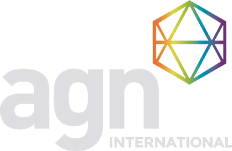The midpoint of the year is the perfect time to ask: Are your 2025 financial goals still within reach?
For small and closely held businesses in Minnesota, a mid-year financial planning session can provide clarity and confidence to help finish strong.
Here’s how to make the most of your mid-year financial review:




